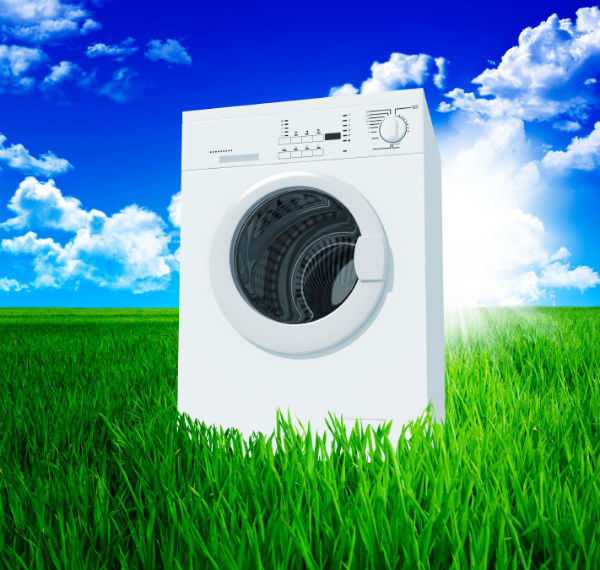We all know that fresh, clean water is essential to life. According to the
Protected Water Fund, of the world’s total water supply, 97% is seawater, and of the remaining, less than 0.5% is usable, clean water.
Some simple ways to conserve water:
- Low-flow showerheads
- Low-flush/composting toilets
- Aerators on faucets
- Efficient front-loading washing machine
- Natural landscaping
- Rainwater harvesting
If you’ve done all of the above and are looking for additional ways to conserve water, especially in your bathroom, consider a greywater recycling system.
LetsGoGreen.com explains that greywater is any household wastewater with the exception of wastewater from toilets (or washing diapers), which is known as blackwater. Greywater recycling systems collect and filter greywater and reuse it to irrigate landscapes or even to flush toilets.
Greywater Action cites the greywater potential in your home:
- Top-loading clothes washer: 30-50 gallons per load
- Front-loading clothes washer: 10-20 gallons per load (older models use more water than newer models)
- Shower: Depends on shower time and showerhead — a low-flow (2.5 gallon/min) for 10 minutes is 25 gallons.
- Bathtub: 30-40 gallons per bath
- Kitchen sink: 5-15 gallons per person per day
- Bathroom sink: 1-5 gallons per person per day
There are so many different systems for recycling greywater. Greywater Action explains how to install a number of simple household greywater recycling systems, including one that originates in the shower:
Showers usually produce a lot of relatively clean water. To have a simple, effective shower system you will want a gravity-based system, which means you don’t need a pump. Of course, if your yard is located uphill from the house, then you’ll need to have a pumped system.
In a branched drain system, greywater flows through standard (1.5-inch) drainage pipe by gravity, always sloping downward at 2% slope, or quarter-inch drop for every foot traveled horizontally, and the water is divided up into smaller and smaller quantities using a plumbing fitting that splits the flow. The final outlet of each branch flows into a mulched basin, usually to irrigate the root zone of trees or other large perennials. Branched drain systems are time consuming to install, but once finished require very little maintenance and work well for the long term.
Visit
Greywater Action to see an example of a branched drain system from a shower.
Recycling your greywater by reusing water from sinks, showers and washing machines to irrigate plants is a great way to conserve water and have a sustainable backyard ecosystem.
